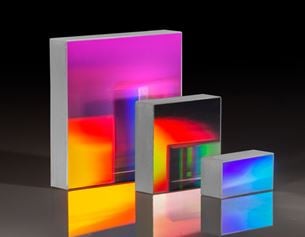 Ruled Reflective Diffraction Gratings
Ruled Reflective Diffraction Gratings
- Superior Efficiency at Design Wavelength Compared with Holographic Gratings
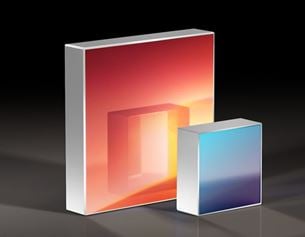 Holographic Reflective Diffraction Gratings
Holographic Reflective Diffraction Gratings
- Reduced Stray Light While Maintaining High Diffraction Efficiency
 Concave Diffraction Gratings
Concave Diffraction Gratings
- Function as Focusing and Dispersing Element and Therefore Reduce Number of Optics Required in Spectrometers While Showing Low Aberrations
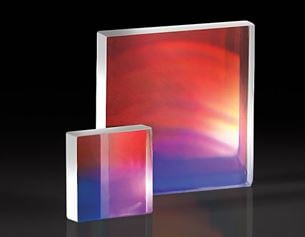 Transmissive Diffraction Gratings
Transmissive Diffraction Gratings
- Separate (Diffract) Polychromatic Light into its Component Wavelengths by Transmission















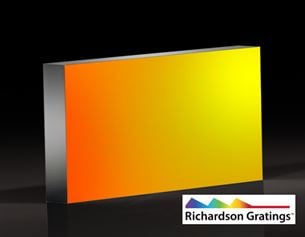
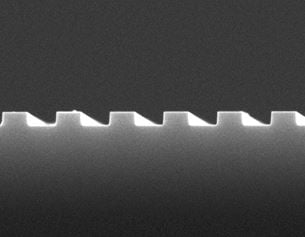
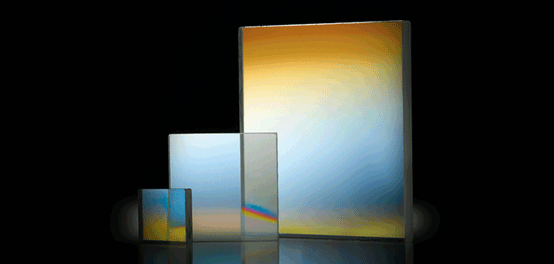
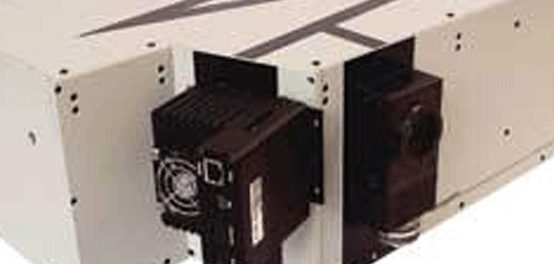

or view regional numbers
QUOTE TOOL
enter stock numbers to begin
Copyright 2024, Edmund Optics Singapore Pte. Ltd, 18 Woodlands Loop #04-00, Singapore 738100
California Consumer Privacy Acts (CCPA): Do Not Sell or Share My Personal Information
California Transparency in Supply Chains Act